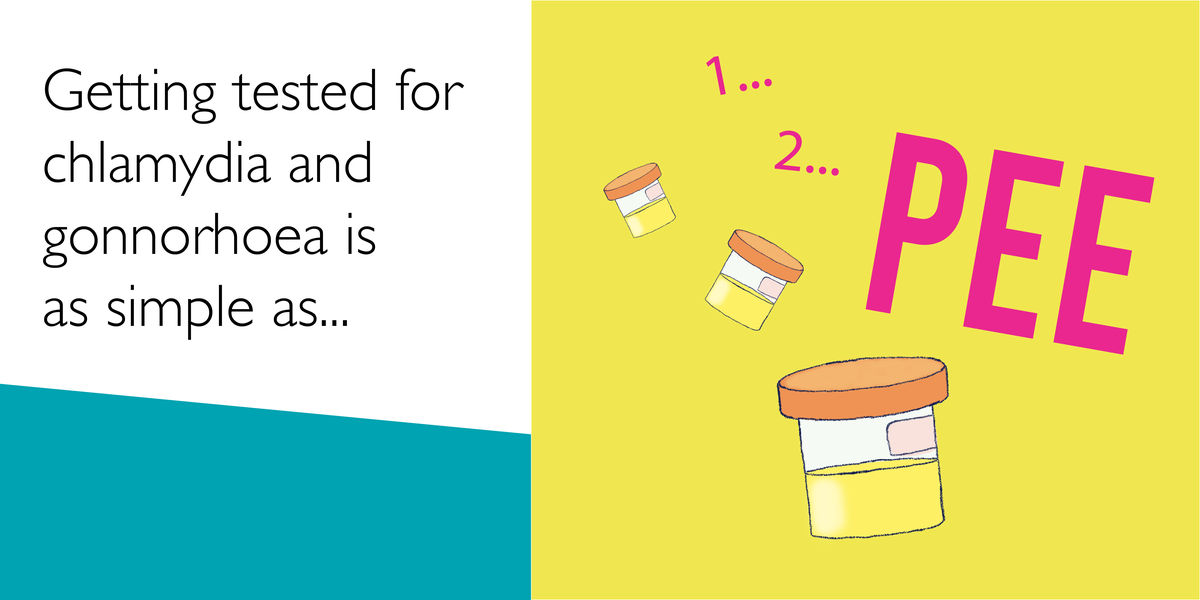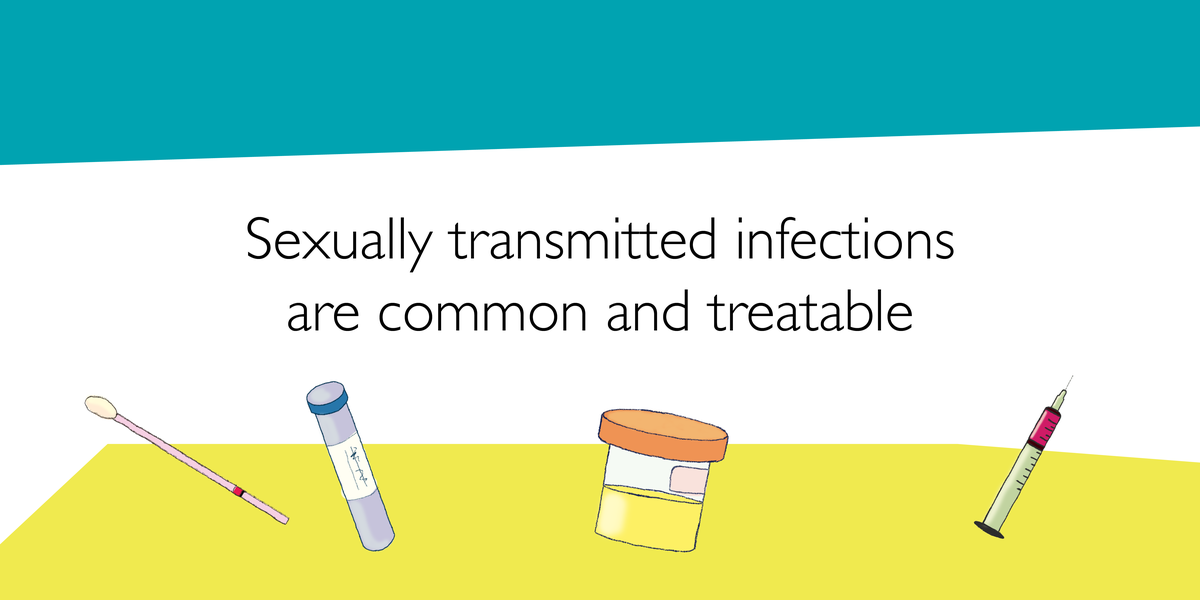Your guide to your first sexual health check
If you're sexually active, it's important to regularly get tested for sexually-transmitted infections (STIs) and blood-borne viruses (BBVs). Here's how!
Make an appointment
You can call or pop into reception at any service that provides free sexual health testing. If you’re unsure about what services are in your area, try looking it up online or feel free to give The Link/headspace Hobart a call on 03 6231 2927. If you're 25 years old or under, we can book you an appointment with one of our headspace sexual and reproductive health GPs.
To make an appointment you will need to provide reception with:
- Your name
- Date of birth
- If you identify as Aboriginal and/or Torres Strait Islander
- Address (ok if you don’t have one)
- Phone number
Your personal information is kept confidential. This means it can't be shared with anyone without asking you first.
If you’re not very good at keeping appointments, that’s cool, you may want to ask about drop in clinics in your area. To attend a drop in clinic, you just turn up during an allocated time period. First in, first served.

Turning up
Getting there can be the hardest part, so good stuff if you’ve made it to the waiting room! Before you have your appointment, reception may ask you to fill out some forms about your personal details and sexual history. Most services will ask you to provide a Medicare number.
Getting checked
A sexual health check involves these steps:
- Answering questions about your sexual and reproductive health history.
The doctor or nurse will ask you some questions about your sexual history. But don’t worry! They’ve heard it all (and more!) before. They may ask you questions such as:
- How many people have you had sex with in the last 6-12 months?
- Have you had sex without a condom?
- What kind of sex have you had? E.g. vaginal, oral or anal sex.
- Do you use contraception? E.g. the pill, an IUD or implanon.
- Have you had any vaccinations for Hepatitis A, Hepatitis B or human papillomavirus (HPV) (brand name Gardasil)?
- Is there something you’re worried about with your genitals or do you have symptoms of an STI? E.g. itching, burning when urinating, pain during sex, bumps or lumps, sores?
2. Urine (pee) sample
You will be asked to go to the toilet to pee into a cup. This will be used to test for STIs.
If you have symptoms of an STI or are at higher risk of exposure to STIs and BBVs you may be asked to do the next steps.
3. Swabs taken from the vagina, urethra (where the pee comes from the penis), anus and throat.
Swabs (which look a bit like cotton buds you use to clean your ears) are used to test for STIs in the throat, urethra, vagina and anus. You may be provided with a swab and instructions for how to use it when you go to the toilet. The nurse or doctor will swab your throat.
4. Blood test
A blood test involves using a syringe or needle, which is placed usually in your arm to draw-up blood. Most sexual health and medical clinics will be able to take a blood sample during the appointment. However, some clinics will ask you to visit the pathology for blood to be taken.
These samples are sent off to test for blood-borne viruses.
5. Exam?
If there’s anything you’re worried about with your genitals, such as sores, lumps, rashes or itchy skin, the doctor or nurse may ask if it’s ok to do a physical exam. You will be asked to remove your pants and sit or lie down on an exam bed with a blanket over your bottom half. The doctor or nurse will check it all out and talk you through any extra testing they need to do.

Receiving your results
You will receive your results by text message or phone call approximately one week after testing. If you have tested positive for an STI, you will be invited to discuss treatment over the phone or at an appointment. If you feel concerned or upset about your results you can request counselling support at your sexual health or related service if needed.
Sharing your STI status
Talking openly about sexual and reproductive health with sexual partners is super important, and a sign of a healthy relationship. STIs are common and treatable, so disclosing your STI status to a partner shouldn’t be a big deal. However, stigma is real and it can make having these conversations difficult.
If you have tested positive for an STI, it is important to let your sexual partners know so they can get tested and treated. Here are some tips about how to talk to a partner:
- Try to tell them straight away, avoid putting it off.
- Think about what you are going to say before talking to them.
- Don’t feel like you have to be a doctor or provide them with all the information. However, you may want to share this flyer or other information about sexual health services and how to get tested.
- Avoid blaming even if you think it’s true, e.g. “You gave me chlamydia.” Instead try, “I got my sexual health test results and I have chlamydia, and it’s my responsibility to let you know as my sexual partner.”
If you feel afraid to tell someone, consider sending them an anonymous text message via the free online serviceLet Them Know.
You can also pop into The Link to talk it over with a Youth Health Worker.

